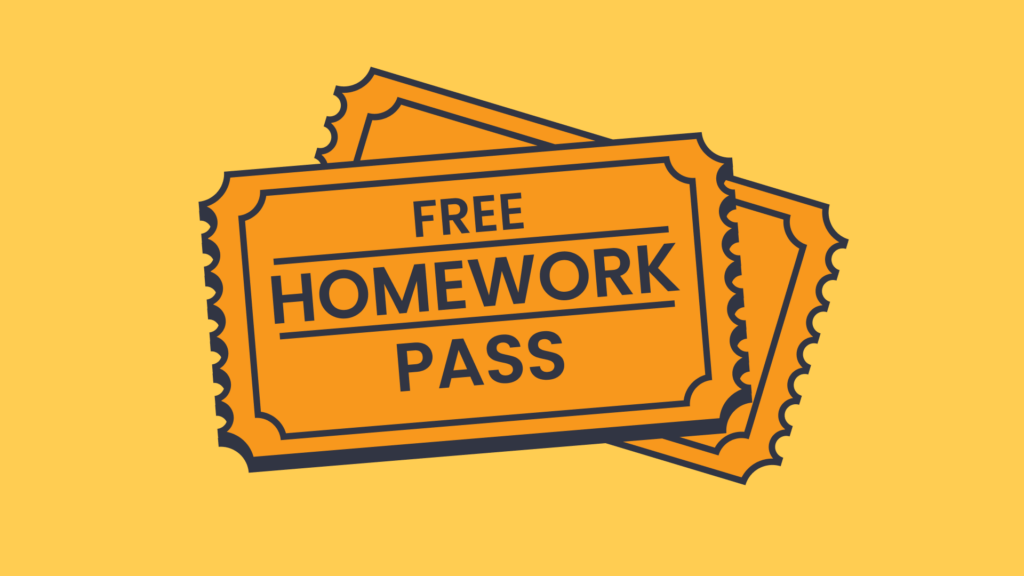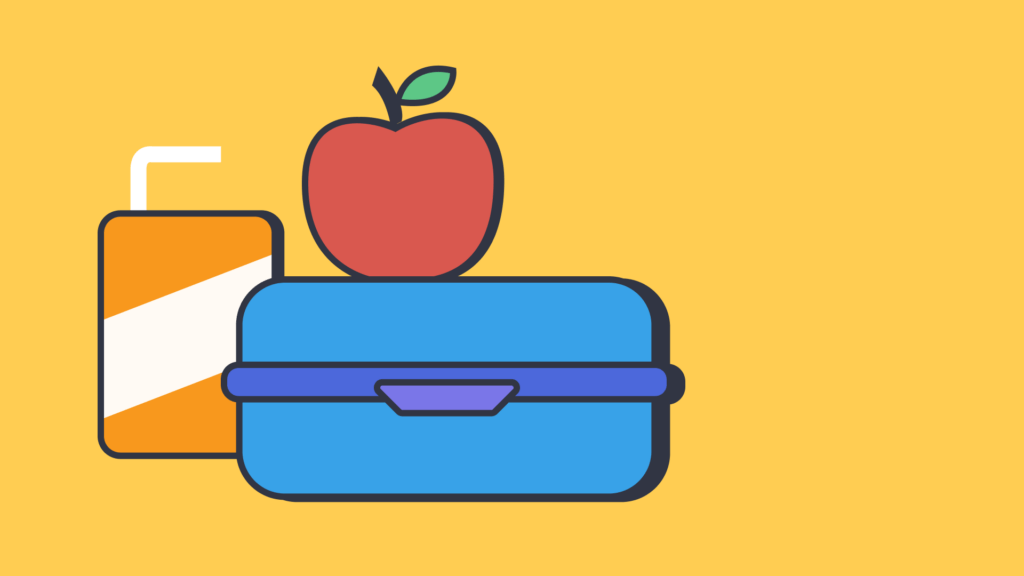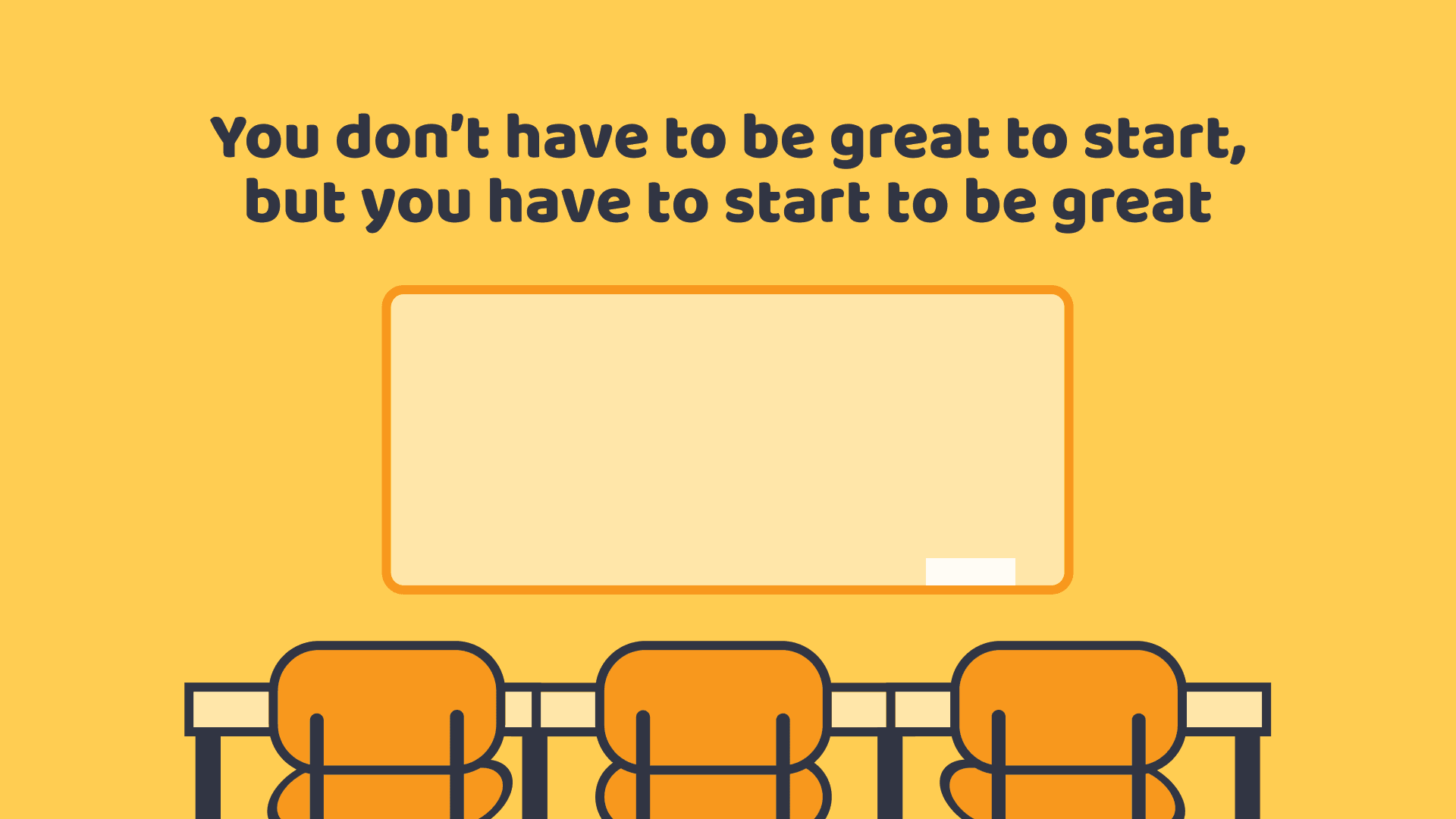7 Classroom reward ideas for schools
In this guide
There’s a lot of debate in the education world, surrounding the idea of rewarding good behavior in the classroom. Some people fully support it, and feel that positive reinforcement and extrinsic rewards are meaningful and are beneficial to both the students and the teachers.
Other people, however, believe that rewarding good behavior is counterproductive, as it teaches students to expect something when they do the right thing.
And although I can understand why it’s important that students learn the importance of doing the right thing no matter what, I do believe that it is appropriate and helpful to reward good behavior in the classroom.
Rewarding good behavior in the classroom
No matter the age, students are learning about the rules and how the world works. It is vital that they feel motivated and positive about making good choices. This needs to be guided by their teacher.
But before I get any further, I will say that your first order of business is deciding what you’re rewarding/how do they earn the rewards. Is it for being quiet during instruction? Is it for cleaning up messes? Is it for being good for a sub? What about being kind to others? Maybe helping encourage their classmates to do the right thing?
Perhaps you could establish a class currency that they can earn for making good choices (for example, I worked at a school where the mascot was a hawk, so students could earn Hawk Bills). Then, the currency could be exchanged for rewards.
Or maybe they earn points. Or stars. Or marbles in a jar. Or whatever you want to use. Then once they earn so many items, they can be rewarded.
In this video, advice is given on how to establish a reward system for younger children, to promote positive behavior: Classroom Management: Our Wonderful Twos.
As far as how to reward and what to give, the ideas are endless. It depends on your personality, school rules (do they allow candy?), budget and class dynamic.
Whatever your limits, policies and preferences, here are a few ideas for rewarding good behavior in the classroom:

1) Free homework pass
This works with any grade that assigns homework. It doesn’t matter if the child is in 1st or 11th grade, they are probably eager and open to the idea of a free homework pass.
The idea behind this is that a student could earn the ability to skip one assignment and have it be excused (or get full credit, or have it not count. This all depends on your grading system).
This could be in the form of a slip of paper that says “Homework Pass” on it, or perhaps you have a special stamp or sticker that you use to signify that they earned the pass. Or if it’s a digital assignment, maybe they receive a message or email that says, “This is good for one homework pass”.
You can also get as creative as you want to be with this. In the past, I have created a little slip of paper that had a fun font and a cute little image on it. I would include a line for the student’s name, the date, and then a line for them to write what assignment the pass was intended for (example: Math page 17, 1-15).
I printed them on colored paper so they stood out. Once I printed them out, I cut them into slips, and kept them in a basket in my desk drawer, so I was always prepared to hand them out when needed.
Now, this is entirely at your discretion, on what rules or restrictions you put on this. Perhaps they can only use a homework pass for single page assignments. Or maybe they can only use one pass per grading period. Or they have to clear it with you before they use it on a certain type of assignment.
And in my opinion, this should only be used for Formative work, like a worksheet, daily practice, or one night of math problems. It should not be used for Summative assignments, as those are used to assess, track progress and perhaps create benchmarks for future learning.
But I will say that these can definitely motivate students. They love the concept that they will be off the hook for an assignment that they don’t want to do.

2) Choose your seat
If you have assigned seats in your classroom, I guarantee at least some of them would rather sit somewhere else. It’s pretty difficult to place all students exactly where they want to sit.
And I completely understand and respect the process of designing your seating charts. It can take a lot of effort, time, strategy, and mental energy. I discuss my insight on creating seating charts in a previous blog: Comprehensive guide to behavior management in the classroom: seating charts.
But, one reward that can motivate students is to offer them a chance to choose their own seat for the day. This could mean moving to a different desk/table/group, or perhaps letting a friend sit with them. That’s up to you.
I’ve done this with 5th through 8th graders, and I can tell you, they get so excited to move seats. It may only be for the day, but it’s worth it to them.
You can set rules for this reward if you choose. For example, maybe they have to arrange ahead of time when they want to move seats. Perhaps you’re doing a specific activity that requires students to sit in their designated spots and it wouldn’t work to let them move.
Or maybe you decide if only they can move, or if they can have a friend move to them. This also determines if you need to move other students around temporarily, depending on the way your classroom is set up.
It’s also important to establish the expectation that they make good choices with this seat change. I always made sure that they were aware I had the right to move them back to their original seat, if the rules were not followed. Choosing your seat does not mean it is a free-for-all.
You could also determine how often they can cash in this reward. Once a month? Once a grading period? Once a semester? Or, is there a limit at all?

3) Eat with the teacher
If you have built a good relationship with your students, there’s a good chance that they enjoy spending time with you. I talk more about the importance of building relationships with your students in this blog: Comprehensive guide to behavior management in the classroom: building relationships
Whether I was teaching 5th or 8th grade, I often had students ask if they could just stay with me at lunch. This could be because they wanted to hang out with me, or also because they wanted a quiet place to eat their lunch that wasn’t the noisy cafeteria.
I want to make it clear that I totally support the need for teachers to have a duty-free lunch, where they can sit with fellow teachers and socialize with adults, or maybe even sit in complete silence and reboot for the rest of the day. It is deserved for sure.
However, if you were to offer this as a reward that they could earn, I imagine you would have a significant handful of kiddos that would take you up on that. You don’t have to give up all of your lunch times, but maybe a couple of times a month or so.
When I presented this as a potential reward, it was “worth” a lot of their points and tickets. It needed to be something that was rare and special. You could of course decide what it would be worth. That really depends on how often you want to be available, and for how many different students.
One thing I included with this reward was the ability to invite one or two friends. This is beneficial for several reasons. First, they might feel less awkward if they were able to bring a friend or two along. Second, this also prevents a tricky situation of a student and teacher being alone in a classroom. I would also prop my classroom door open, just to add another layer of transparency.
I would suggest creating a special certificate or slip of paper that the student can use to eat lunch with you. This could serve as a pass or permission to be in your classroom during lunchtime. Depending on the rules and logistics of your school, the student may need to have solid proof and/or a reason to be in the halls during lunch.
When I offered this to middle school students, I would even have music playing during that time. It might make it feel a little more inviting for them. Or you can show a video or movie. This could help some students feel less awkward about the idea that they are eating in the classroom with their teacher, instead of the cafeteria with their peers.
The more interesting, fun and inviting the event, the more likely it will be that students will strive to earn this reward. Most kids won’t get real excited about sitting in silence, eating their lunch with their teacher. Make it worth their time. And let’s be honest, it’s worth your time as well.

4) Special helper
Every single year of my teaching career, I had students that wanted to help me in the classroom. Whether it was to pass out papers, take something to another teacher, count out or pass out treats. They love feeling important.
This could definitely serve as a reward for good behavior. And depending on how much it is “worth” in your classroom, it could be for the day or perhaps the week. Since every school day can look slightly different (papers need to be passed out one day, and craft supplies the next), there would definitely be enough for them to do.
Although I think the term “special helper” may sound a bit elementary, you could definitely use this role with older students. You can certainly call it something else, but even middle school students like to assist.
Like I mentioned, I would often have kids ask to pass things out. And if they know it’s their special role for the time period, that helps eliminate students constantly asking.

5) Teacher for a day
I believe it’s pretty universal, a lot of students would love the opportunity to be the teacher for a day. I imagine a lot of them would enjoy the chance to stand at the front of the classroom and be “in charge”.
I’ve even had students that have asked to just stand at my podium or sit in my desk chair, just to see what it feels like to be the teacher. And some have definitely asked if they could be the teacher at that moment.
So, what a fun treat it would be to offer this as a reward!
I would definitely present this as a high ranking reward. It’s a sacrifice for you, and you probably don’t want it to be too easily attainable, that it’s available regularly.
Like with the other rewards mentioned, it is definitely important to set parameters and rules about this. Definitely make it clear as to what they are and are not allowed to do, how long they’ll get to be the teacher, and the fact that you have the right to take over again at your own discretion.
I would suggest being intentional about which lesson or activity they can “teach”. Perhaps some sort of craft or group game. It would not be wise to permit them to teach new material in a high stakes setting.
This ClickView video could be fun to show, prior to letting any students become teacher for the day: Spot and Stripe: Children as Teachers.

6) Treats / prizes
This is just like it sounds. If you have the budget (yours or a fund through your school), and you want to give out actual items, this can be effective. Like I mentioned at the beginning of this article, it will of course depend on your school rules as to what you’d be allowed to give away.
When I taught 1st grade, I had a treasure box. Prizes included: stickers, bookmarks, tiny cars, and plastic animals. They went crazy for the treasure box. It was fun to let them choose their prize. And I bought most of it at a Dollar Store, so it was fairly cheap.
This could be handled in a variety of ways. When I taught preschool, it was a daily prize box. Maybe for older kids it could be every Friday? If it were more valuable prizes, it could be monthly?
Now, it’s a little different with older students. From my experience, from 5th grade on, they’re not really interested in treasure box style prizes. However, they can get on board with cute or silly stickers, or a fun pencil.
This may be controversial, but if you’re allowed and willing, candy is a huge motivator for pretty much all grades. I kept a basket in my podium and used it regularly. It always amazed me how motivated and enthusiastic students can be to participate, answer or even cooperate for a Jolly Rancher.

7) Extra activity time
Depending on your school/class schedule, another reward could be to offer extra time with a particular activity. This feels special and rare.
With elementary, if you have the ability, offering extra time at recess or an additional recess is golden. Those kids love to be on the playground! Even if they got an extra five minutes, they can get so excited about that. This would probably be more effective as a class reward, though.
Also, if you have electronic devices in the classroom, like laptops, maybe you could offer them extra time on them as a reward. Maybe they get ten extra minutes to be on that device. Or, during free time, they could choose to play an educational computer game instead of something else.
Trust me, any activity that feels like “free time”, students can be highly motivated to earn.
To Wrap Up
There are a lot of ways to motivate and reward good behavior in the classroom. Whether it’s the gift of time, a special privilege or a physical prize, students may find it worthy of the extra push to do the right thing.
This article may inspire you to use rewards in the classroom. The writer describes how an entire school began to engage in rewards for good behavior, and the positive impacts it had.
Sources
- Basileo, Maria. 2019. “School rewards students for good behavior”. NewCastleNews. https://www.ncnewsonline.com/news/school-rewards-students-for-good-behavior/article_e113e42c-087a-5e44-92f0-5ed76c52338b.html.

Rebecca Robison
briefcase iconEducational Consultant/Middle School Teacher
Rebecca Robison is a former teacher with over 20 years of experience, ranging from 1st grade to 8th grade, and in multiple subjects. She retired from teaching in 2023, and has been working for ClickView ever since as an Educational Consultant and Blogger.
Other posts
Want more content like this?
Subscribe for blog updates, monthly video releases, trending topics, and exclusive content delivered straight to your inbox.











